What is your purpose here? Incoming goods inspection of actual parts? Or something theoretical?
If it's theoretical, then Andy's answer is good provided you have all the measurements including turns count, mechanical drawings, and the datasheet for the correct grade of ferrite.
If you have a tray of actual parts in front of you, all the calculations in the world won't help if the assembler picked the ferrite core from the wrong bin, or used the wrong brand of cigarette paper to gap the transformer. Then there is no substitute for measurement.
If an LCR meter isn't available, there are other approaches : calculate the capacitor value that will resonate it at 10kHz, and measure the resonant peak frequency, for example.
